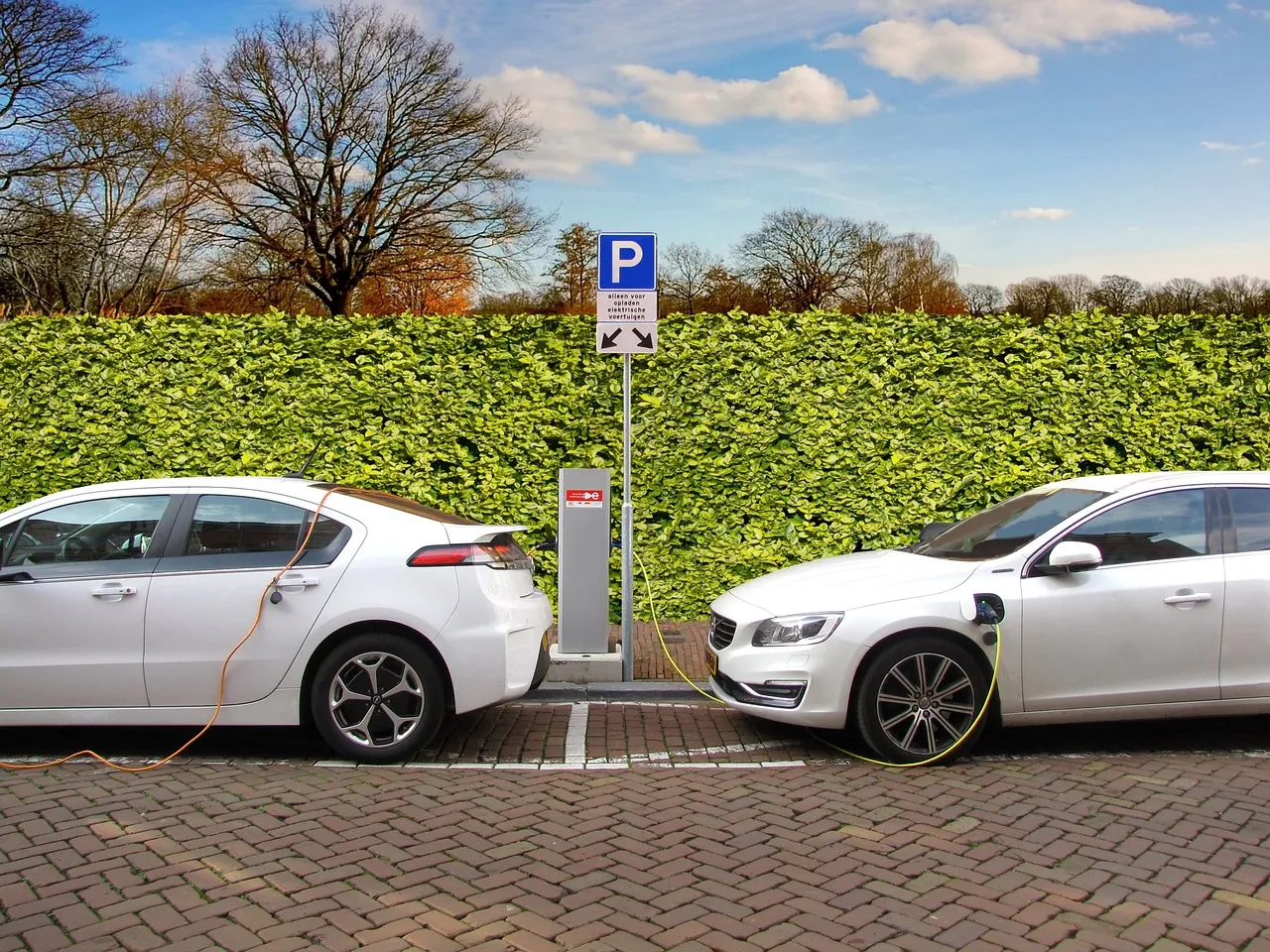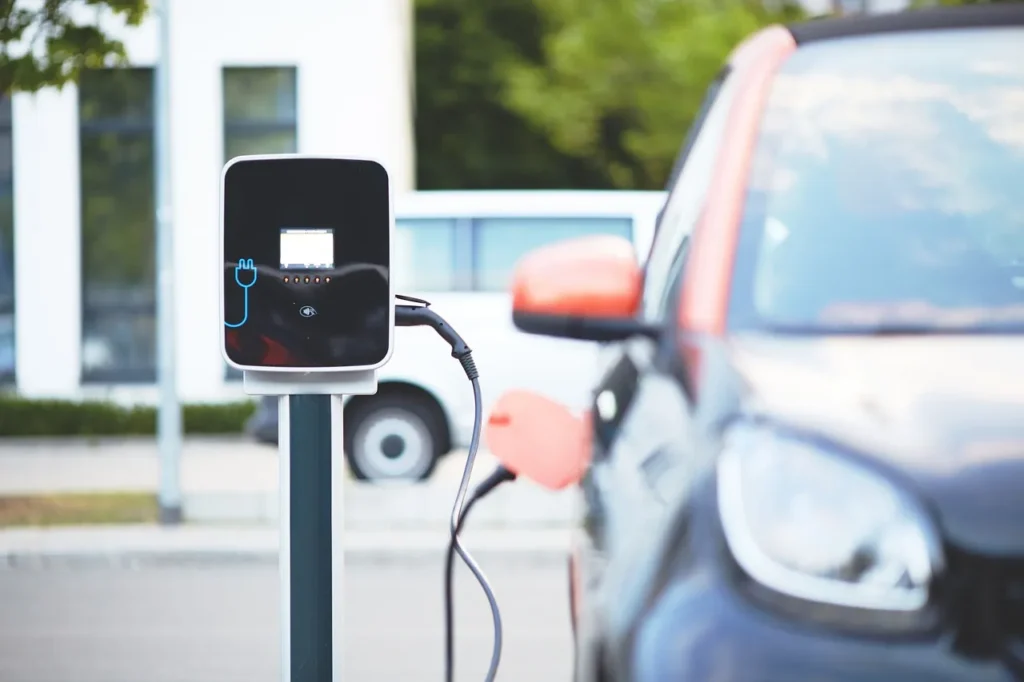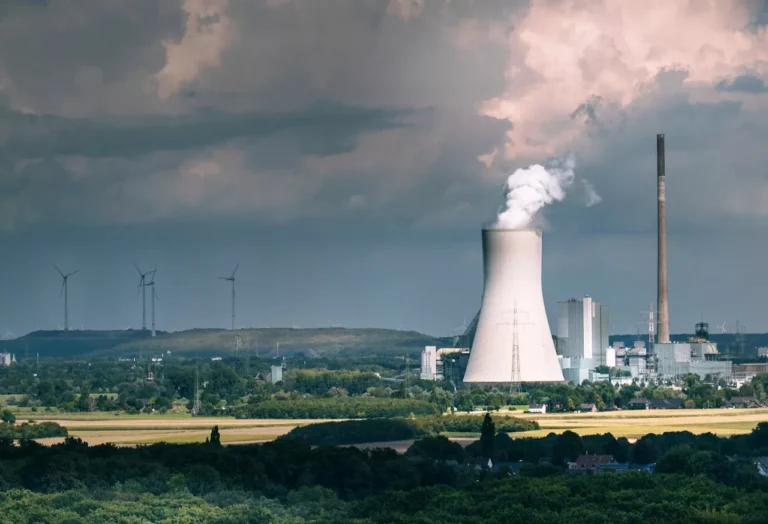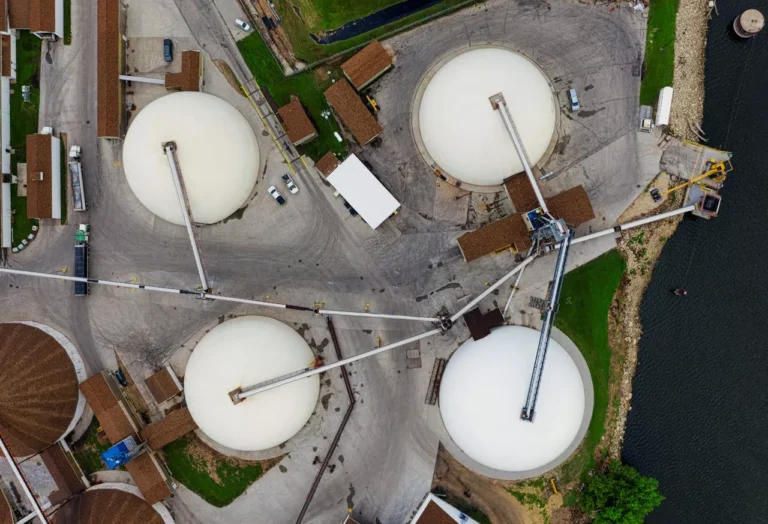
ADS-TEC Energy and AVIA Join Forces to Accelerate Fast-Charging Infrastructure at German Gas Stations
In a move that could significantly accelerate the energy transition in the transportation sector, ADS-TEC Energy, a global leader in battery-buffered ultra-fast charging systems, has announced a strategic collaboration with AVIA, one of Germany’s largest independent fuel station operators. The partnership centers on the rollout of ChargePost, ADS-TEC Energy’s flagship ultra-fast charging solution, across AVIA’s extensive network of fuel stations throughout Germany.
This alliance represents a critical step toward upgrading conventional gas stations into hybrid fueling hubs, capable of serving both traditional combustion engine vehicles and the rapidly growing number of electric vehicles (EVs) on European roads. The innovative integration of ADS-TEC’s battery-buffered technology is designed to bypass the challenges that typically hinder the installation of high-power charging stations—especially in locations with limited grid capacity.
A New Era for Gas Stations in Germany
AVIA, which operates more than 800 gas stations in Germany and over 3,000 across Europe, is leveraging its expansive footprint to become a key player in supporting Germany’s nationwide EV charging network. As the automotive industry undergoes a rapid transformation toward electrification, the ability to offer fast, accessible, and efficient charging solutions is becoming a vital aspect of competitiveness in the fuel retail sector.
ADS-TEC Energy’s ChargePost system brings high-speed EV charging to these stations without requiring expensive and time-consuming grid infrastructure upgrades. This is made possible through an innovative, battery-based energy storage system that stores power from the grid during off-peak hours and releases it at ultra-fast charging speeds during use. The result is a charging experience that rivals traditional fueling in terms of convenience and speed.
The first installations are taking place at strategically selected locations that maximize the value of this technology—specifically where grid connections are weak, or the cost of expanding electrical infrastructure would be prohibitively high.
Bocholt: A Flagship of Smart Energy Integration
One of the most noteworthy deployments of the ChargePost system is at an AVIA station in Bocholt, a town in western Germany. This location is more than just another EV charging site—it’s a model for how renewable energy, smart load management, and fast charging can work in synergy.
Here, a 45 kWp photovoltaic system has been integrated into the site’s overall energy management. The solar panels generate clean energy that is either used directly for EV charging or stored in ADS-TEC’s battery system for later use. This ensures that even during periods of low sunlight or peak demand, the charging service remains stable and high-performing.
In parallel, AVIA has modernized the site’s building systems, further improving energy efficiency. With intelligent load balancing and seamless coordination between generation, storage, and consumption, the Bocholt station exemplifies how smart technology can future-proof traditional fuel stations for the era of electric mobility.
Unlocking New Revenue Streams with Digital Out-of-Home Advertising
Beyond electrification, the partnership between AVIA and ADS-TEC Energy introduces additional business opportunities, including the integration of Digital Out-of-Home (DOOH) advertising at charging stations.
A case in point is the AVIA site in Blomberg, where a 75-inch digital display has already been mounted on the ChargePost unit. While detailed marketing campaigns are still in development, the addition of these high-visibility digital displays opens the door to dynamic, location-based advertising. This not only enhances the customer experience but also creates a new revenue stream for site operators.
Given that EV users typically spend a few minutes at a charging station—much longer than at a traditional pump—the dwell time provides an ideal opportunity for targeted digital marketing. This transforms the charging station into a multipurpose platform for commerce, communication, and branding, all while supporting the transition to sustainable transport.

Fast Charging Without Heavy Grid Demands
A significant barrier to deploying high-performance EV chargers, particularly in rural or older urban areas, is the limited capacity of the local electrical grid. Traditionally, bringing fast-charging infrastructure to such locations would require costly grid upgrades—a deterrent for many operators.
However, the ChargePost system sidesteps this issue entirely through battery-buffered technology. By drawing and storing energy at lower power during off-peak times, the system can then deliver up to 320 kW of ultra-fast charging, even in places with weak or restricted grid connections. This flexibility makes it a game-changer for retrofitting existing gas stations and scaling up EV infrastructure in a more economically and logistically feasible way.
Scalable Solutions for a Rapidly Changing Market
The modularity and scalability of ADS-TEC Energy’s solution are especially attractive in the current energy landscape. Whether for a single station or a nationwide rollout, the ChargePost system can be tailored to meet the specific requirements of each location. It also adapts easily as demand grows, allowing operators to start small and scale up over time.
Thomas Speidel, CEO and founder of ADS-TEC Energy, emphasized the importance of flexible, intelligent charging solutions in modernizing transportation infrastructure:
“The integration of fast-charging infrastructure at existing refueling stations requires intelligent solutions—especially when grid connections are limited. With our ChargePost and innovative load management, we enable ultra-fast charging without costly grid infrastructure upgrades. The joint project with AVIA shows how modern charging infrastructure can be seamlessly integrated into existing locations and create new opportunities for the mobility of the future.”
Supporting Germany’s Climate Goals
This partnership is also aligned with Germany’s broader environmental and mobility strategies. The German government has set ambitious targets for reducing greenhouse gas emissions, which include significantly expanding the EV fleet and the supporting infrastructure.
Projects like this not only help meet these national goals but also provide a scalable model for how the private sector can drive meaningful change. By converting existing gas stations into smart, flexible energy hubs, companies like AVIA and ADS-TEC Energy are making it easier for consumers to embrace electric mobility.
Moreover, integrating renewable energy sources like solar into the charging infrastructure amplifies the climate benefits, reducing dependency on fossil fuels and supporting a more resilient, decentralized energy system.
A Glimpse Into the Future of Mobility
As EV adoption continues to rise, the need for convenient, high-speed charging becomes increasingly urgent. The AVIA and ADS-TEC Energy collaboration demonstrates that with the right technology and vision, it’s possible to upgrade existing infrastructure to meet this demand—without starting from scratch or waiting for grid improvements that may take years to materialize.
The initiative underscores a broader shift in thinking—from static infrastructure to dynamic, integrated ecosystems that combine power generation, storage, and smart management. Whether for urban centers, remote areas, or along major highways, this model offers a blueprint for the future of sustainable, scalable, and user-friendly EV charging.










